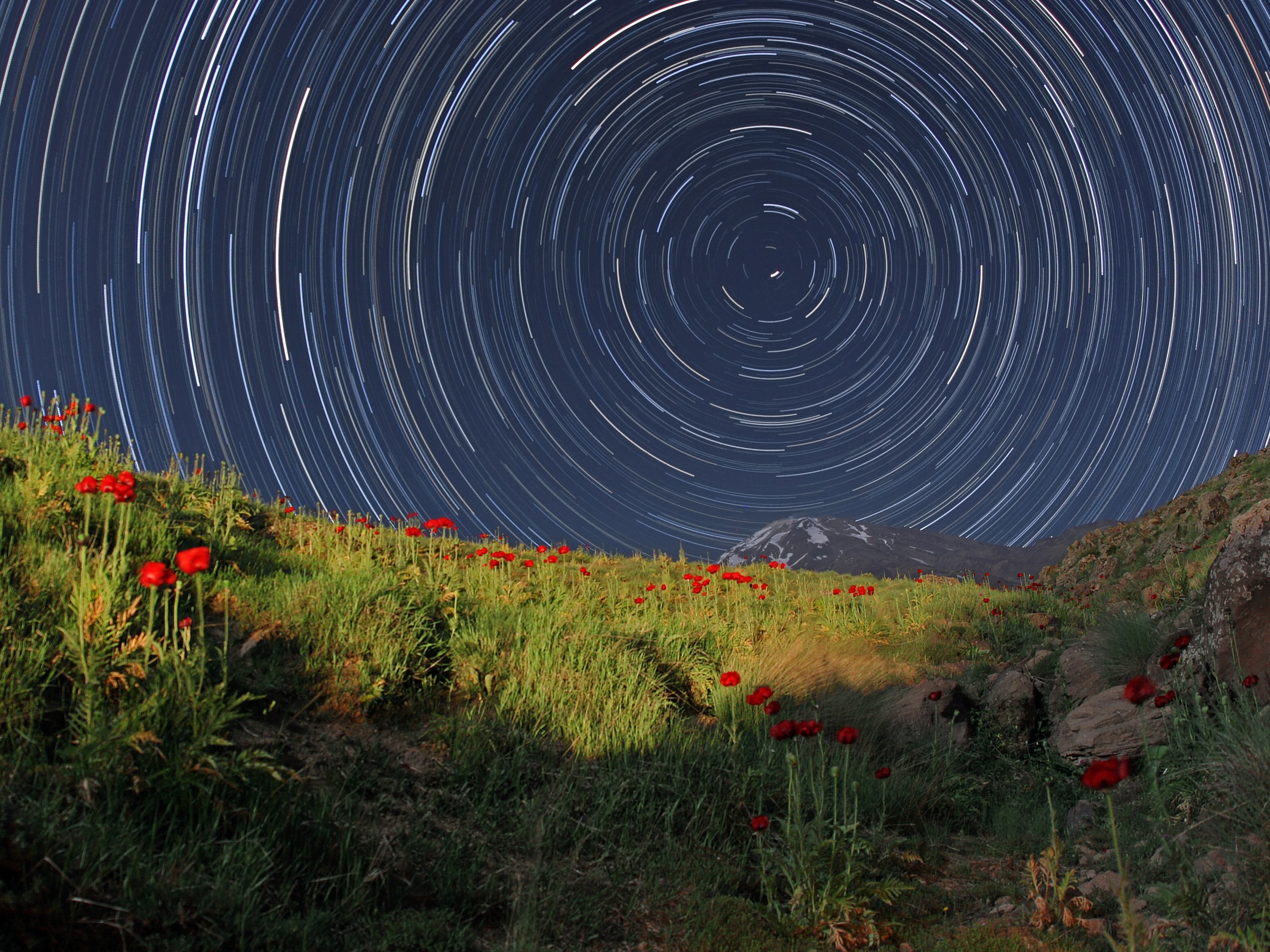Watch a Year on Earth as Seen From Space
A stunning time-lapse from the Deep Space Climate Observatory includes that time the moon “photobombed” our home planet.
It’s our home like you’ve never seen it before: NASA has released a new time-lapse video showing a year on Earth as seen from a million miles away.
The movie, composed of thousands of photographs taken by NOAA’s Deep Space Climate Observatory (DSCOVR), marks the first full year of the spacecraft’s operation since it started collecting science data in June 2015. Enabled by some clever physics, its special perspective has let us see the far side of the moon and monitor the sun’s solar storms.
Technically, DSCOVR doesn’t orbit Earth. Instead, it effectively hovers about a million miles (1.5 million kilometers) above the planet’s sunlit half, in a gravitational balance point between Earth and the sun called Lagrange point 1. This unique parking space means DSCOVR is the first and only deep-space probe dedicated to imaging Earth.
DSCOVR can track a given region on Earth for hours, giving scientists a leg up in monitoring smoke plumes from fires, volcanic eruptions, and other atmospheric phenomena. By contrast, other Earth-focused satellites orbit a thousand times closer than DSCOVR, so they can photograph a specific area only once a day.
The NOAA craft’s million-mile stare also means that it can see Earth seasonally tilt toward and away from the sun, letting scientists study Antarctica’s ozone hole in detail.
“The big difference with [DSCOVR] is that we see the data from sunrise to sunset,” says Jay Herman, the NASA scientist who oversees DSCOVR’s EPIC instrument, which captures the Earth images. “We can actually see flow across the globe.”
In addition, DSCOVR takes pictures at ten wavelengths of light ranging from the near-infrared to ultraviolet. The diverse images allow scientists to track phenomena like shifts in cloud height—key to understanding climate patterns—and changes in ozone.
Given the science that DSCOVR has enabled so far, it may be surprising that it was once the center of serious controversy. After then-U.S. Vice President Al Gore proposed the craft in 1998, political gridlock led to numerous launch delays, leaving some to question whether it would ever even get off the ground. The craft sat in storage for several years before being refurbished in the late 2000s.
“I was very gratified to see it fly,” says Herman, who has worked on the spacecraft since the beginning, adding that “1998 to 2016 is a long wait.”
Follow Michael Greshko on Twitter.





